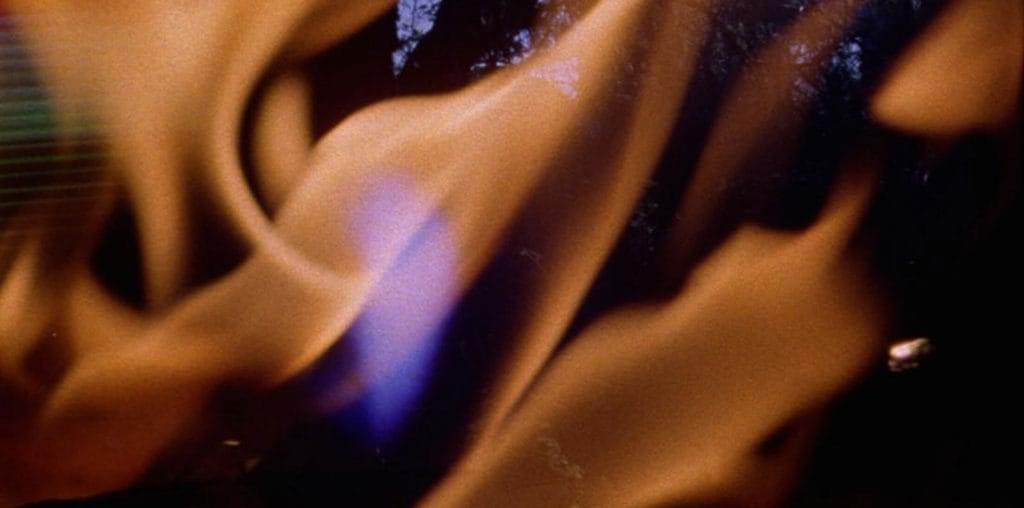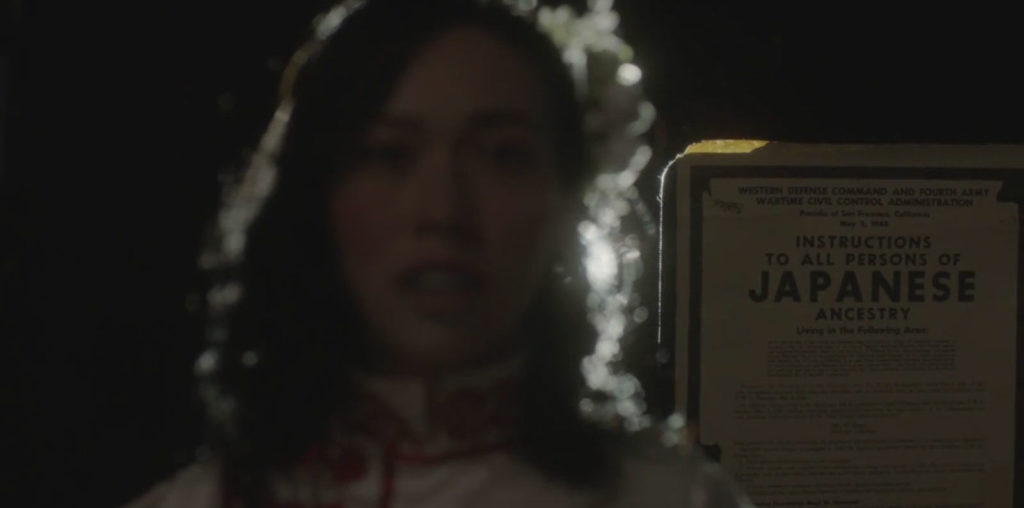
In “An Encounter with Simone Weil,” filmmaker Julia Haslett tells us quite a bit about Weil (1909-1943), a French philosopher and writer who believed that an intellectual must respond to human suffering by experiencing it personally, and taking direct action to alleviate it. Weil was obviously an unusual human being, one who went on a hunger strike in sympathy with soldiers suffering on the front when she was 6, and ran away to attend labor protests when she was 10. As an adult, she left her teaching job to work in a factory and also to volunteer in Spain, fighting against Franco. She died of tuberculosis at age 34 while working for the Free French in London, mostly because she refused to eat more than the rations allotted to people in occupied France. Originally from a secular Jewish background, towards the end of her life, Weil found solace in Christianity.
This film is much more than a standard biography; it chronicles Haslett’s personal obsession with Weil. Haslett’s father died as a result of mental illness when she was 17, leaving her with a feeling of responsibility for the suffering of others. Her older brother, an important character in the film, is a role model for her because of his commitment to social justice, but he also suffers from a debilitating mental illness that Haslett feels powerless to alleviate. Haslett not only reads all of Weil’s books, but she tracks down every spot where she ever lived, interviews anyone she can find who knew Weil, and searches for her face in archival footage. She goes so far as to hire an actress to impersonate Weil, merely so Haslett can ask her a few pointed questions.
On the one hand, it is obvious that Haslett’s personal obsession with Weil is just that, an obsession, and that her more bizarre strategies (such as hiring the actress) are not going to get her or us anywhere. Reading Weil’s philosophy is a call to action. Weil challenges all readers to put down the book and start acting on their convictions, and it is obvious that by focusing obsessively on Weil’s personality and history, Haslett is trying to avoid the personal challenge posed by Weil’s ideas. (She is also hoping to finally get an answer to the questions posed by her father’s death.). But it does not diminish the film that it is structured around Haslett’s obsession rather than remaining a traditional documentary. The film still satisfies all the requirements of the bio pic form, and tells us the relevant facts of Weil’s story. But Weil’s writing challenges all of us to confront our own obsessions and fears, and the film documents Haslett’s personal confrontation with her own formidable demons. Thus, the film is itself a product of Weil’s call to self engagement, and not just a document of it. A poignant original score by Daniel Thomas Davis adds a pensive and aching tone.
Haslett’s brother believed that there is nothing anyone could have done which would have prevented their father’s death, but Haslett has trouble accepting this view. Tragically, by the film’s end, the brother too has died as a result of his mental illness. In the film’s final moments, when we are really feeling the despair that there is any action a person could take which would heal this kind of pain, we finally understand what drove an atheist and fierce intellectual like Weil into a mystical form of Christianity. “An Encounter with Simone Weil” forces us to encounter ourselves, which is precisely what Weil worked for.

